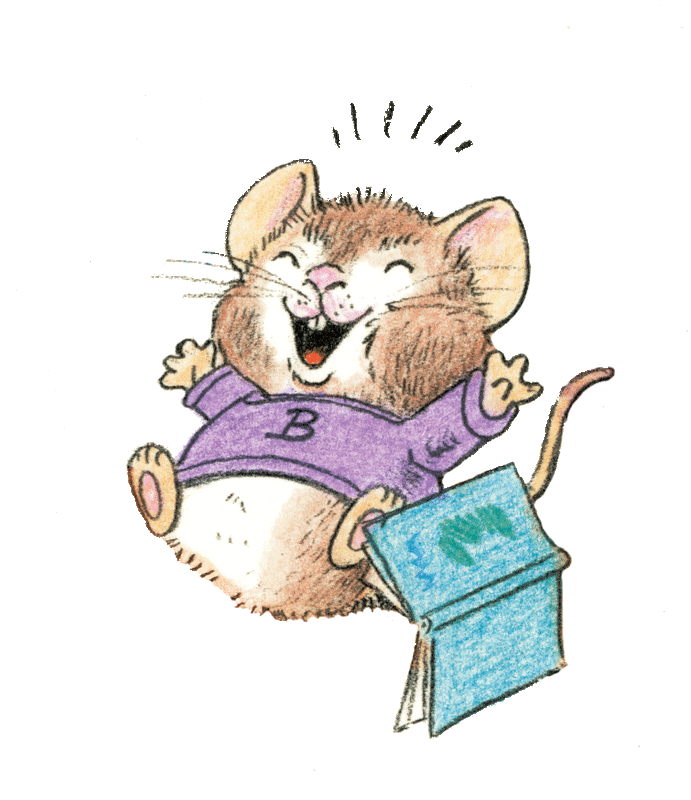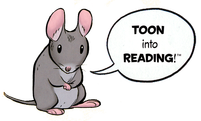Last week, we dared to call our TOON early readers “comics” — and, boy, did you ever take us up on that dare! Paula Willey was one of the first to respond to our quest to lift our titles out of the “graphic novels” section of bookstores and libraries and into the “easy readers” section where we believe they belong. She wrote:
Except for the short long ones (Jack and the Box, Silly Lilly) we shelve them in kids’ graphic novels. I think it’s a good spot. Older readers pick them up sometimes and enjoy them – they’re easy and funny – and when we lead younger readers over to those shelves to get Luke on the Loose and Zig and Wikki, they get a gander at the longer books that they have to look forward to. It helps that our kids’ graphic novel section is centrally located and not off in some hideaway.
TOON Editorial Director Françoise Mouly applauded this argument for focusing not on divisive semantics but on the issue really at stake. How do we make sure these books reach their intended and appropriate audience? A centrally-located “kids’ graphic novel” section is ideal for making sure the right material reaches the right kids, and an involved librarian ensures this shelving approach’s effectiveness. “It’s a wonderful point of entry,” said Françoise.
Over at School Library Journal, Betsy Bird asked her readers where they shelve their TOON Books. “As easy reading comic titles,” she wrote, “they sort of fall between two categories. Here at NYPL we put ours in the graphic novel section, but that’s a bit unfortunate. As Toon Books points out, novels these ain’t.” Educators’ responses poured into the comments section:
“If I had my say, I’d shelve all the Toon books with easy readers, but the people who do our cataloging put some in easy reader and some in picture books. Confusing I think….I like to point people to picture books for read-together-and-share type needs, and to easy readers for kids actually reading on their own, and the Toon books are much more useful as the latter, so that would be less confusing. We don’t have a juvenile graphic novels section — everything is mixed in. For some reason the director is dead set against putting them in their own section.”
“I put the Toon books as Easy Readers, it does cause heartburn in the branches but I think it is important folks know Easy Reader is not a size. Our J Graphic novel collection is from 2nd to 5th grade so they could go there. I am often influenced by how the books is BISACed in Ingram and B&T.”
“Our Toon books are in graphic novels — it’s a huge mishmash, but we’ve gotten several compliments on how many GNs we have for the younger set, so people are finding them.”
At the Comics Worth Reading blog, Johanna Draper Carlson wrote that “the Toon publications are graphic novels because they’re stand-alone stories in substantial bindings intended to be stocked long-term, instead of more disposable temporary issues. The generally accepted term for such books are ‘graphic novels’, because comics, rightly or wrongly, have other connotations.” She’s entirely right to say that the term “graphic novels” has become the go-to descriptor for any paneled work, and that “comics” connotes something…else. Still, it may have come time to update our collective vocabulary. “Graphic novels” as an umbrella term was useful when there were only a handful of hardbound comic works, but now we have hundreds of publications that address dozens of genres, styles, and intended audiences. There are romances, memoirs, short pieces, illustrated poems, war stories — there are early readers now — so let’s begin to call them all by their true names.
The issue of shelving is not a simple question with a simple answer, but a long and complicated debate. We’d love to hear your thoughts and feature them here. Where do YOUR TOON titles belong?


